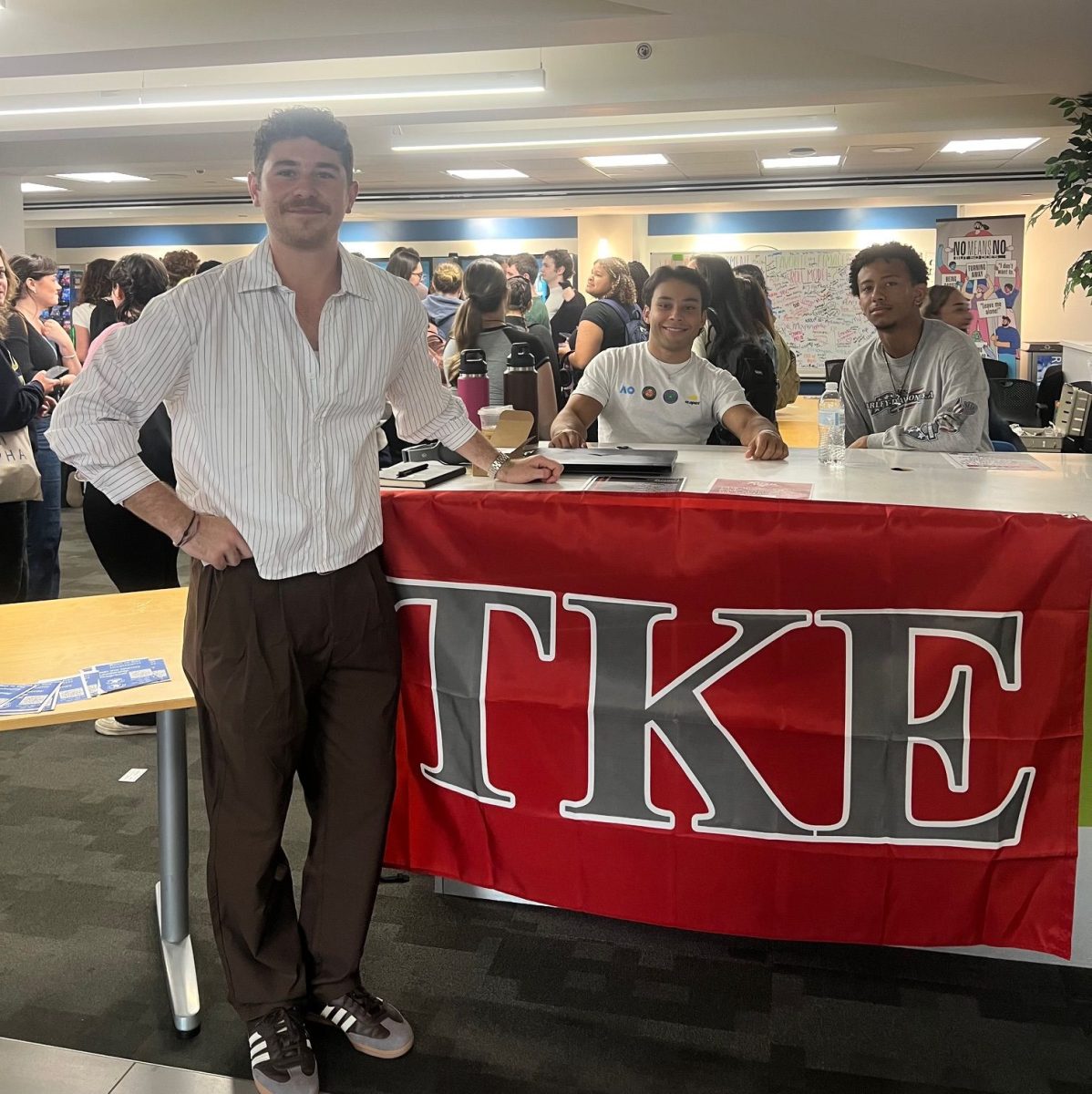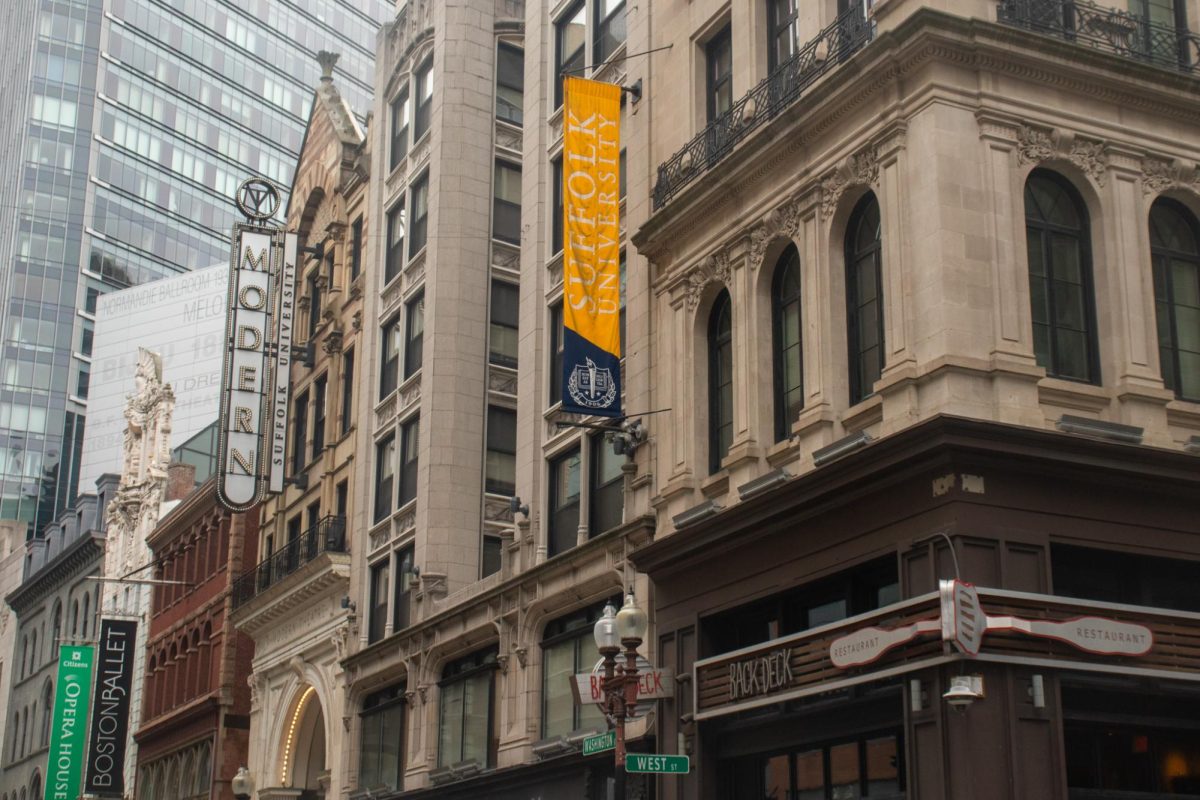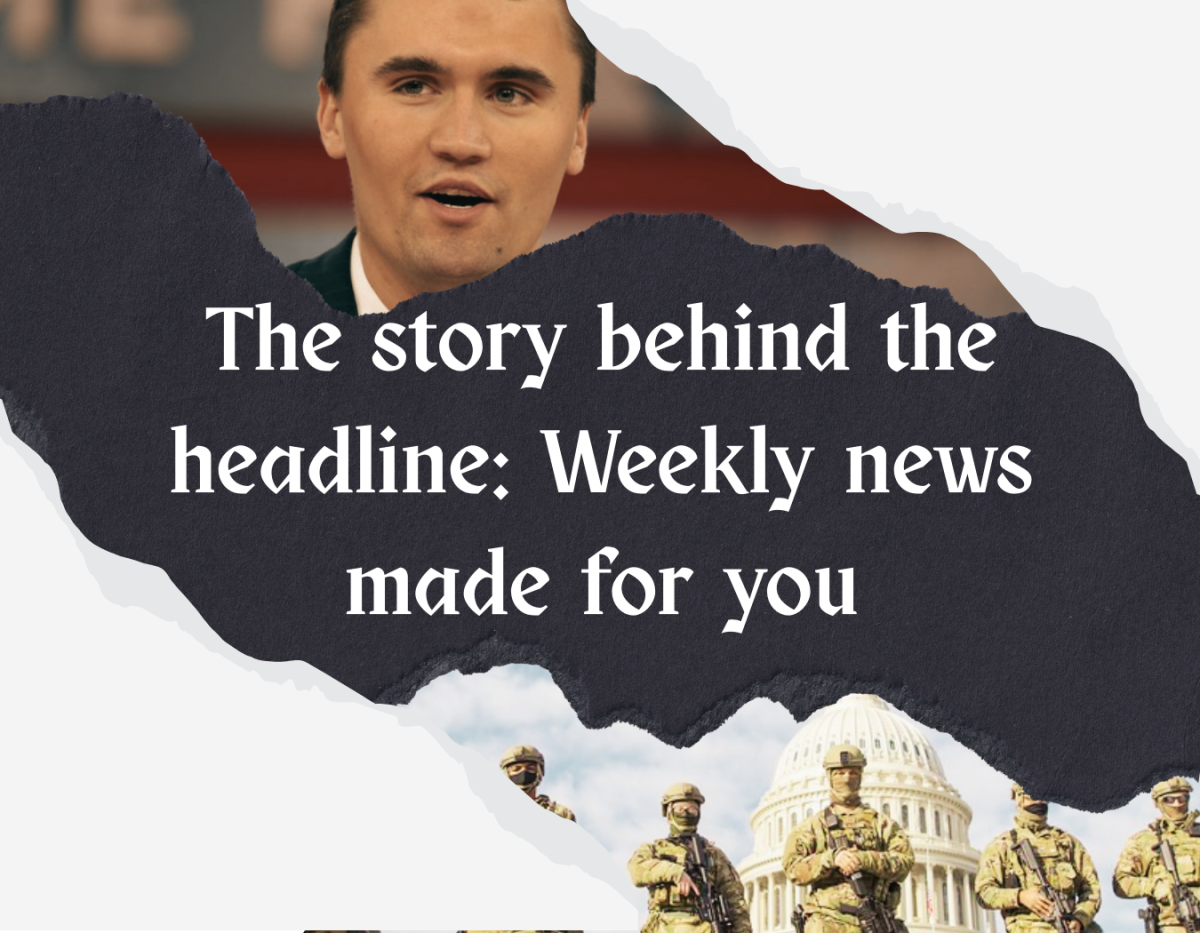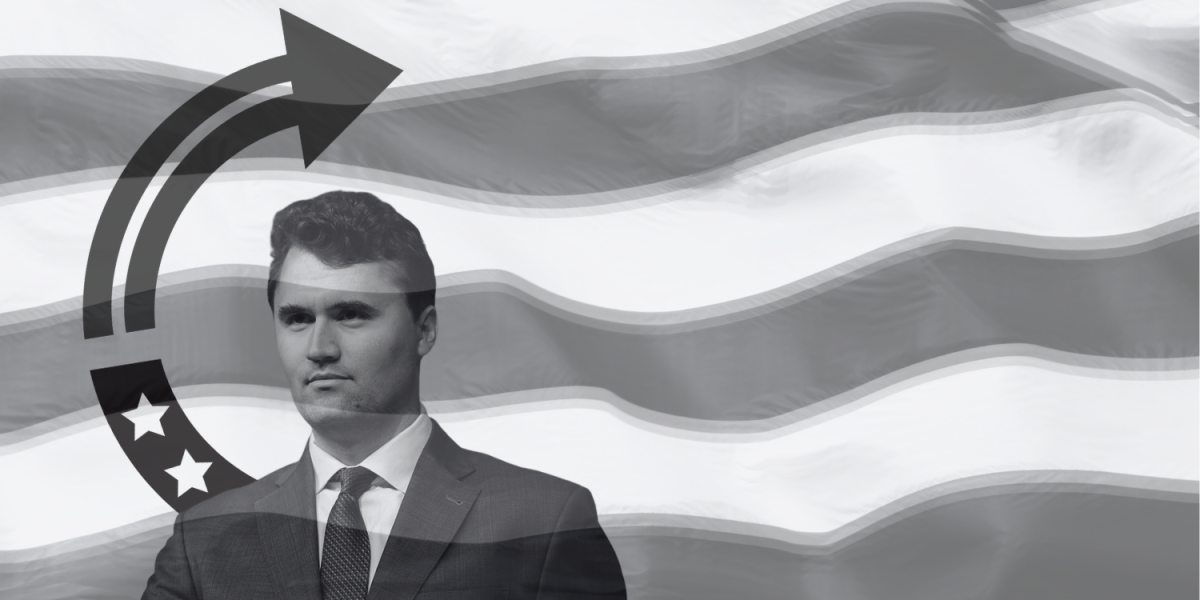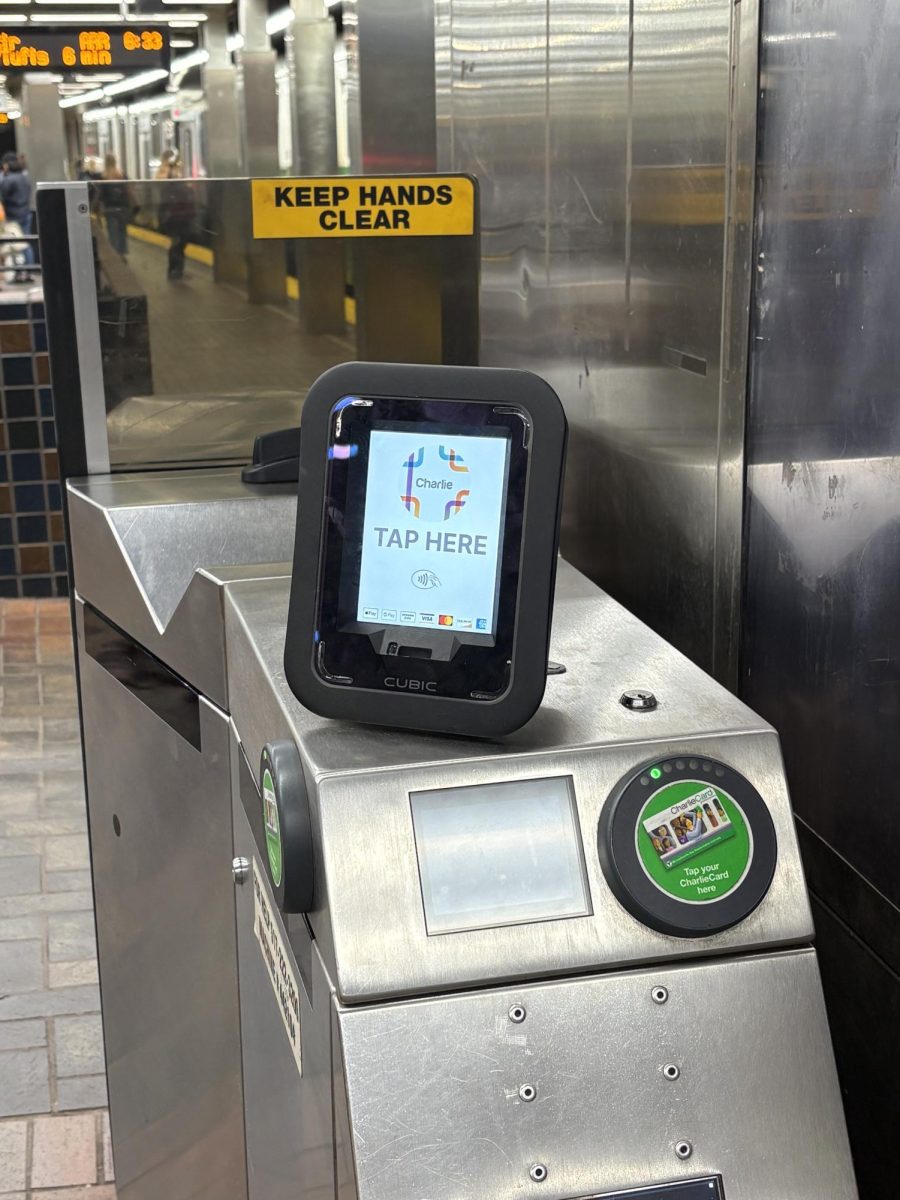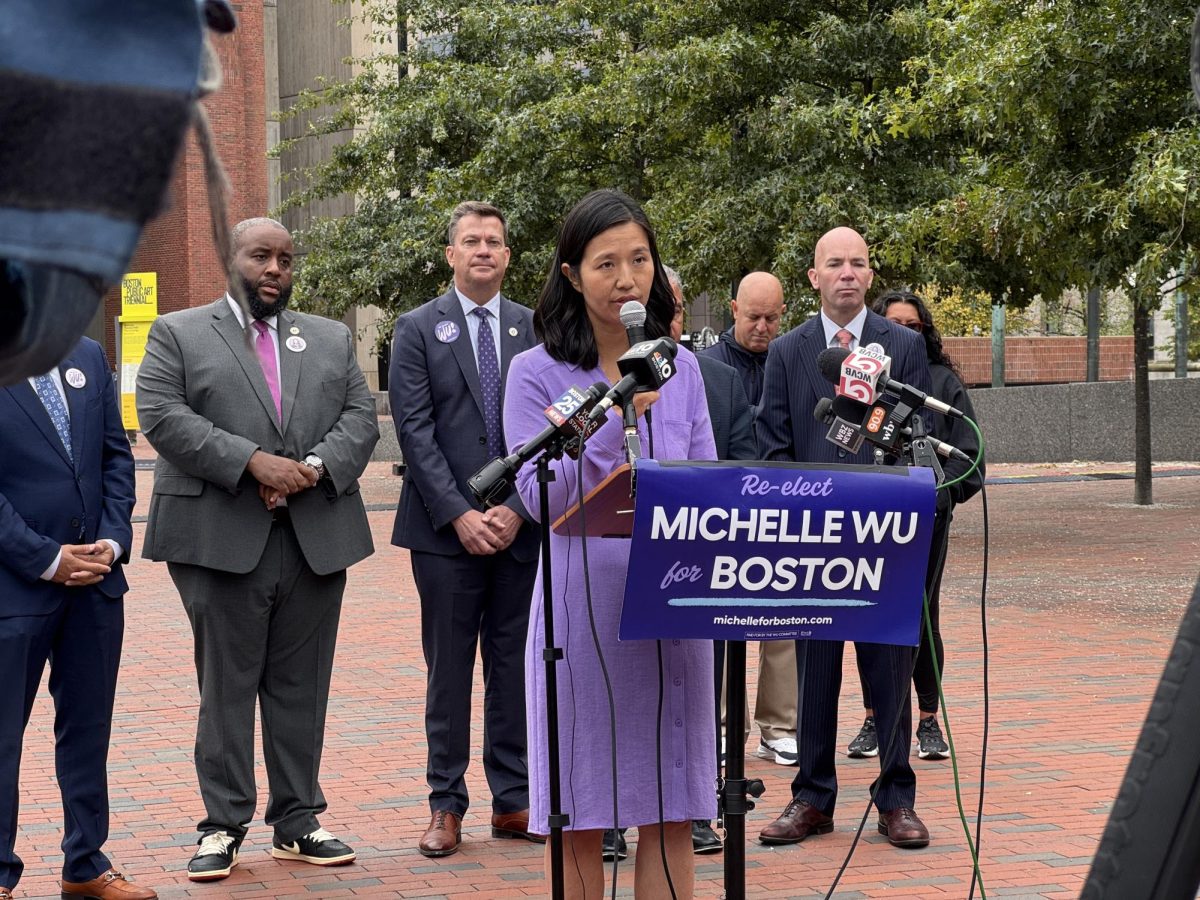Suffolk polling is once again at the forefront of the political discussion as the GOP primary race in New Hampshire begins to take shape.
The University’s Political Research Center released a poll on September 21 that had former Massachusetts Governor Mitt Romney as the clear frontrunner in the race, while his main rival, Texas Governor Rick Perry, is in fourth.
“[Romney] has been visible, his message is resonating, and people see him as the best choice right now,” said David Paleologos, Director of the Political Research Center. “Those components really matter, especially to New Hampshire voters.”
Romney has 41 percent of voters and likely voters in New Hampshire, the site of the nation’s first primary. He is 27 points ahead of his closest rival, Texas Representative Ron Paul. Former Utah Governor Jon Huntsman, who was the U.S. Ambassador to China until April, has 10 percent, and Perry has eight percent.
Paleologos acknowledged that it will be difficult for Romney to maintain such a large lead, because polls tend to tighten closer to the race and more of the scrutiny will be on him.
He attributed Perry’s poor performance in the state to the fact that he hasn’t spent much time there and because “New Hampshire Republicans are markedly different than Republicans nationally, especially the south.”
Paul, Romney’s runner-up, has been consistently competitive in the Suffolk Polls, continually coming in at second or third, but has received little media attention.
“I don’t think the media narrative has been fair,” said Paleologos, explaining that the pundits “may view Ron Paul as a perennial candidate who has run before and that can’t grow, but he’s growing.”
For Paul to be successful in the state, he needs to “show above 20 percent. If he goes to the low teens or nine or 10 percent, then he’s in trouble, but he’s got some momentum right now.”
Besides Romney’s success in New Hampshire, a lot of the media exposure has gone to Huntsman, who is moving his campaign headquarters from Florida to the Granite State in hopes of gaining traction there.
Huntsman is “putting a lot of pressure on himself and his viability in New Hampshire,” said Paleologos, explaining that it was a good strategy, but he should not make the impression that his performance in New Hampshire is “make or break.”
He also warned against ignoring Iowa, which has the first caucus during the primary season. “Historically, candidates that skip out on early primaries [or in this case caucuses] don’t do well.”
While Huntsman may take voters away from Romney, Paleologos said the numbers behind the statistics are favorable for him.
“If you look at who voters chose as their second choice, Romney look really strong,” he said.
43 percent of Paul supporters and 53 percent of Huntsman voters would pick Romney as their second choice, meaning that if either of those candidates dropped in the polls it would be favorable to Romney. He also got 48 percent of voters who identified themselves as conservative.
“Even if the pool of voters gets more conservative in New Hampshire, [Romney’s] numbers are going to go up,” said Paleologos.
He said more polls will probably be released in November and December, and then daily tracking polls will be conducted the week leading up to primary.




